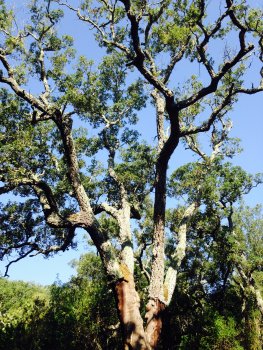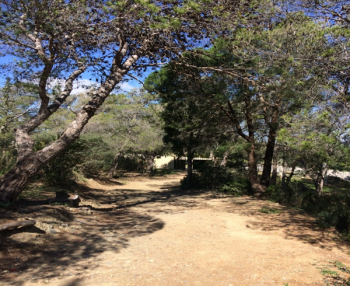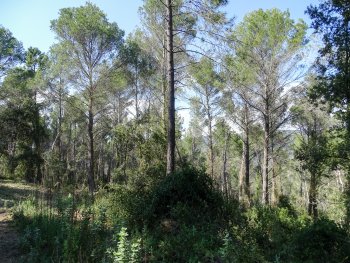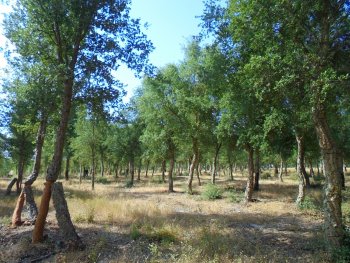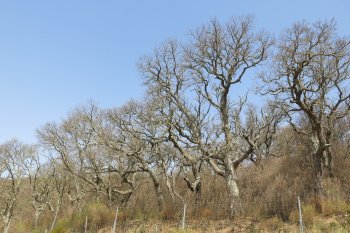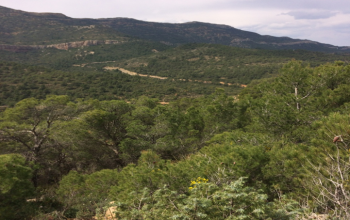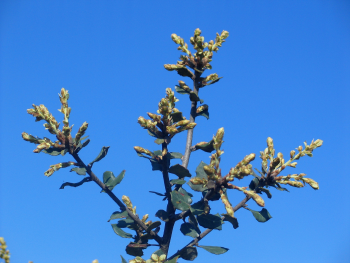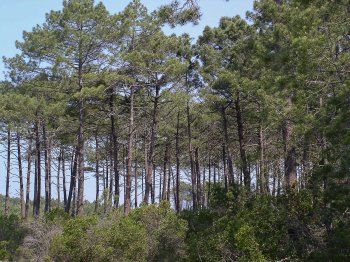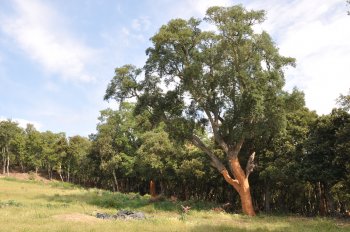Study of the sensitivity of cork oak to climate change in Corsica
The objective of this study is to establish a vigilance map to identify the areas where cork oak is adapted or inadapted to the forest station in a context of changing climate, through the BioClimSol tool developed by CNPF. This tool allows the collection and analysis of field data (soil, climate, sanitary conditions, ...). The vigilance map, by forecasting and locating the risks of decline of the Corsican cork oaks, will help managers take management decisions. The objective is to make silvicultural proposals in order to prevent and limit the risks of dieback.

